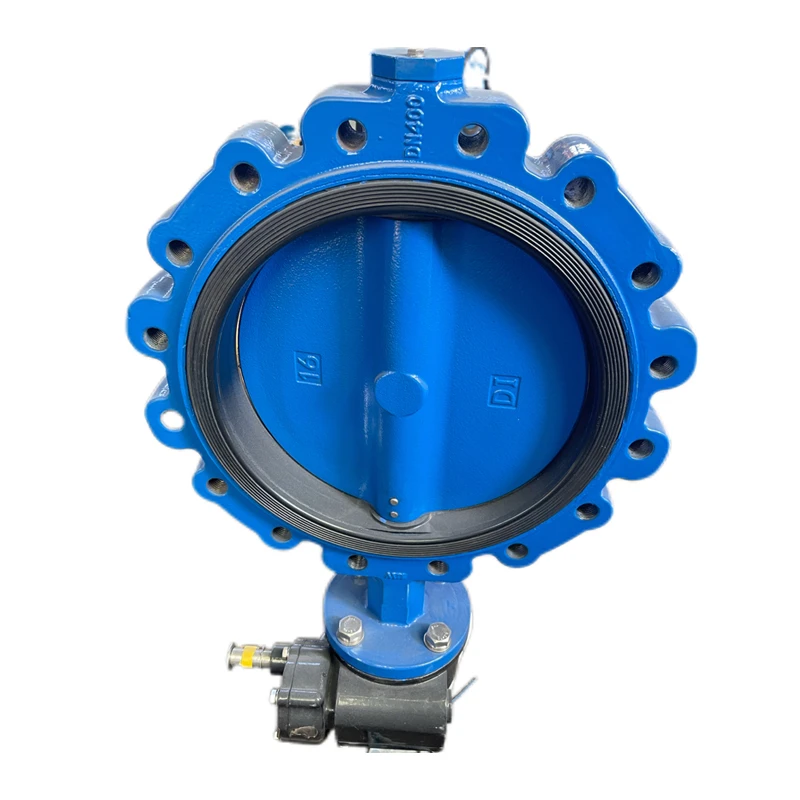Dec . 19, 2024 17:21 Back to list
pneumatic ball valve
Understanding Pneumatic Ball Valves A Comprehensive Overview
Pneumatic ball valves are essential components in various industrial applications, functioning primarily as on/off control mechanisms for the flow of air or other gases. Their design and operation have garnered attention due to their efficiency, reliability, and versatility. In this article, we will explore the construction, operation, advantages, applications, and maintenance of pneumatic ball valves.
What is a Pneumatic Ball Valve?
A pneumatic ball valve utilizes a spherical disc, known as a ball, that contains a hole through the middle. When the valve is open, the hole is aligned with the flow direction, allowing for a smooth passage of air or gas. Conversely, when the valve is closed, the ball rotates to obstruct the flow. This simple yet effective design allows for quick switching between open and closed states, making it ideal for processes requiring rapid operation.
Construction of Pneumatic Ball Valves
Pneumatic ball valves are typically composed of several key components
1. Body The body is the main part of the valve, usually made from materials such as stainless steel, brass, or plastic, depending on the application and the materials being transported.
2. Ball The ball is the core component that enables the opening and closing of the valve. The ball is often coated with a material like PTFE (Teflon) to ensure smooth operation and to increase resistance against corrosion and wear.
3. Actuator This is the device that provides the motion for the valve. Pneumatic actuators convert compressed air into mechanical energy, turning the ball to either open or close the valve. They can be further categorized into double-acting and spring-return actuators.
4. Seals and Gaskets To prevent leaks, high-quality seals and gaskets are essential. These components are designed to withstand the operating conditions, including pressure and temperature fluctuations.
Operation Mechanism
The operation of a pneumatic ball valve is relatively straightforward. When the actuator receives a signal, it pushes the ball to rotate either 90 degrees to open or close the valve. The rapid actuation allows for quick control of airflow, making pneumatic ball valves a preferred choice in systems where timely operation is critical. Additionally, their design minimizes turbulence and pressure drops, enhancing system efficiency.
Advantages of Pneumatic Ball Valves
pneumatic ball valve

Pneumatic ball valves come with several advantages
1. Quick Operation With a typical actuation time of less than a second, these valves can rapidly change states, which is crucial in many applications.
2. Low Maintenance Made with few moving parts and durable materials, pneumatic ball valves require minimal maintenance, thus reducing operational costs.
3. Leakage Prevention Their tight sealing capabilities minimize the risk of leaks, providing reliability in applications where gas loss can be critical.
4. Versatility They can handle a wide range of fluids, including corrosive gases, making them suitable for various industries—from manufacturing and chemical processing to food and beverage.
Applications of Pneumatic Ball Valves
Pneumatic ball valves find application in numerous industries
- Manufacturing Used in automated systems for controlling air and gas lines. - Pharmaceuticals Control of gases in processes where strict hygiene and contamination standards must be upheld. - Food and Beverage Handling gases in the production line where product integrity is paramount. - Water Treatment Regulating flow rates in water filtration and treatment facilities.
Maintenance of Pneumatic Ball Valves
To ensure optimal performance, regular maintenance of pneumatic ball valves is essential. Key maintenance practices include
- Regular Inspection Check for any signs of wear or damage, particularly in seals and gaskets. - Cleaning Ensure that both the actuator and valve body are free from dirt and debris that can impede operation. - Lubrication Apply appropriate lubricants to moving parts to maintain smooth operation.
Conclusion
Pneumatic ball valves serve a vital role in industrial applications, providing efficient, reliable, and fast control of airflow and gases. Their robust design, combined with the ability to quickly open or close, makes them indispensable in many systems. Understanding their construction, operation, advantages, and maintenance not only helps in selecting the right valve for specific applications but also ensures long-term efficiency and safety in operations. As industries continue to evolve, the importance of pneumatic ball valves will undoubtedly remain significant.
Share